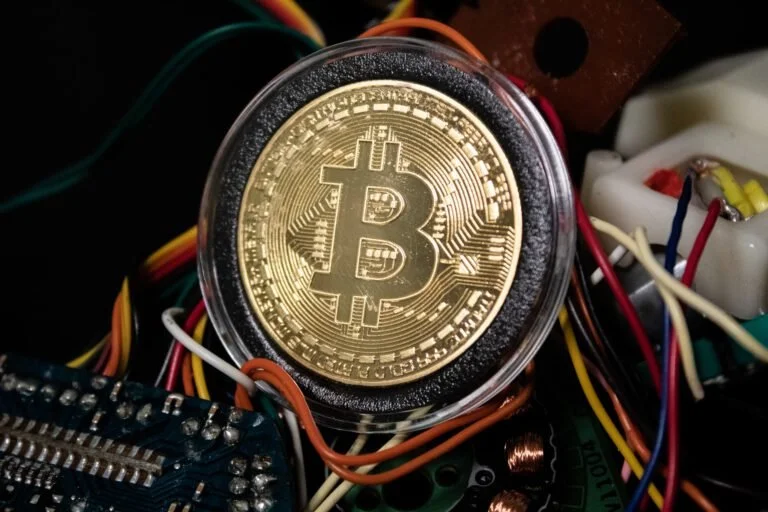Photo by Jonathan Borba on Unsplash
For most of us, the terms "money" and "currency" are interchangeable. And in day-to-day life, that's perfectly fine. But understanding the difference between the two is becoming increasingly important, especially as Bitcoin gains traction. This isn’t just semantics; it has huge implications for how we think about finance, policy, and the future of money.
A Historical Distinction
Historically, commodities like gold have served as money. Gold possessed inherent value and acted as a store of wealth. However, gold wasn't a currency in itself. Currencies, like the US dollar, originally represented a claim on that gold – a promise to redeem it. As JP Morgan famously put it,
“Gold is money, everything else is credit.”
The dollar was credit for gold, a contract for its exchange.
Fiat currencies – like today's dollar, euro, pound or yen – took this a step further, breaking the link to gold. They still require an issuer, like the Federal Reserve or other central banks , to manage supply, validate transactions, and prevent counterfeiting - all crucial functions for a currency to operate.
Bitcoin: Breaking the Mold
Here's where Bitcoin changes everything. Bitcoin is uniquely positioned as both money and currency. It’s the first system to achieve this. Unlike all previous forms of money, Bitcoin requires no central issuer.
How? Bitcoin has a built-in, defined unit (the bitcoin itself) and a network that collectively validates transactions, eliminating the need for a controlling authority. Bitcoin essentially removes the issuer from the equation, handling currency issuance, validation, and the establishment of a standard unit of measure all within the network itself.
Bitcoin Isn’t “Crypto”
It’s crucial to understand: Bitcoin isn't the same as "crypto." While Bitcoin uses blockchain technology, it is the innovation, and blockchain is simply a tool that enables it. Many other “cryptocurrencies” are trying to replicate the idea of digital scarcity, but they lack Bitcoin’s network effect, security, and proven track record. Bitcoin is the only asset solving the fundamental problem of creating a truly scarce digital money.
Why This Matters: The Logic of Bitcoin
Because Bitcoin has a fixed supply, and because it functions as currency without needing an issuer, it's inevitable that it will be used directly for transactions. Trying to create a separate currency alongside Bitcoin is therefore economically irrational – like trying to stop water from flowing downhill.
Here’s why:
Scarcity: Bitcoin’s limited supply (21 million) makes it attractive as a store of value.
Trustlessness: It doesn’t rely on trust in governments or institutions.
Frictionless Transactions: Directly using Bitcoin eliminates the need for intermediaries and reduces costs.
Ultimately, any attempt to restrict Bitcoin’s use as currency will likely be circumvented, as economic forces will push towards adopting the most efficient and logical system.
The Future is Bitcoin
The conclusion is clear: Bitcoin isn’t just a technological innovation; it’s a fundamental shift in how we understand money. As Bitcoin adoption grows, expect to see governments adapt. Those that embrace it – by holding Bitcoin as a reserve asset and eliminating taxes on its use – will be best positioned for the future. Resisting this shift is futile.
“Bitcoin is money, Bitcoin is currency, and the world is converging towards a future where this simple truth will reshape the global financial landscape”
- Parker Lewis
Dedicated to JC in the land of the 4 time rugby world champs!
DISCLAIMER
This publication is general in nature and is not intended to constitute any professional advice or an offer or solicitation to buy or sell any financial or investment products. You should seek separate professional advice before taking any action in relation to the matters dealt with in this publication. Please also note our disclosure here











